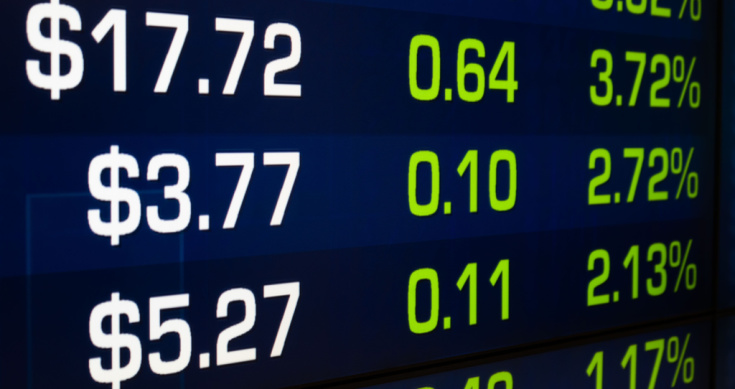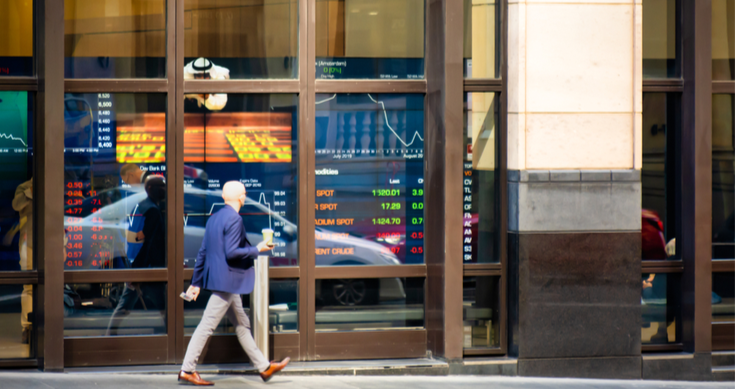If you had trouble getting a hold of your broker over the last few days, you weren’t alone – and no, it wasn’t a nation-wide broker convention. Telstra announced a buy-back loaded with franking credits.
The question was; is it worth it?
Telstra have offered buy-backs before, and sometimes they work out very well.
For those of you who remember, the last time BHP traded up at $50 a share (pre-S32 adjustments). In 2011 was off the back of BHP announcing a lucrative buy-back. This buy-back gave some astute investors 24%+ returns in less than six (6) weeks.
Telstra’s recently announced buy back could be a similar opportunity – but as we all know; the devil is in the detail – and that detail is what we’ll unpack right now.
What is a buy-back?
Telstra offer to buy your shares directly from you. There is no broker and no brokerage to pay because the whole transaction is performed off market. Hence the full name ‘Off-Market Buy-Back’ (OMBB).
What is so interesting about this buy-back (OMBB)?
Two reasons:
- Franking credits
- Capital losses
The OMBB is offering approximately $1.31 in franking credits per share. That’s a lot more than the $0.06 in franking we get from Telstra dividends every six months. So for those investors who value franking credits, it’s time to pay attention (calculations below).
Capital losses are appealing to some investors for offsetting capital gains. This can be a tricky situation, so make sure you check it all over with your accountant first or get the appropriate tax advice.
This article is not tax advice, and while we’re talking about disclaimers, this article is not personal advice either.
How many franking credits are on offer?
The franking credits are where the devil is in the detail.
This offer has three main moving parts to this buy-back. The variables are:
- The current share price
- The final price when the offer closes
- The discount to the final price
The variables to use:
While the current price will keep moving, it is the easiest piece of information to obtain – just look online. We’ll use Friday’s close at $5.45 for our calculations.
The final price is the price when the office closes. Just like any future date, the price could be higher or lower than today’s price. We’ll use today’s closing price $5.45 as the best estimate for our calculations.
The discount is a bit like the price of a house at auction, it all depends on how those participating feel on the day. The discount range for the Telstra offer is between a 6% through to a 14% discount to the final price. Again, no one knows, but we’ll use the most conservative numbers for our calculations being a 14% discount.
Calculations:
If we buy new shares today on the market, we will pay $5.45.
Tendering shares into the offer:
If we intend to tender these shares into the OMBB offer at the maximum discount of 14% (most conservative calculation) that’s $5.45 x 0.86 = $4.69 known as the ‘Tender Price’.
In other words, we’re expecting to lose 14% on the shares we buy today – buying shares on the market today for $5.45 and expecting to receive a total of $4.69 in return in about six weeks’ time.
Capital Return:
When selling the shares into the offer we are paid two separate amounts for our shares; the capital component and a ‘special’ dividend.
The capital component is fixed at $1.78. This means we buy the shares at $5.45 today and sell them for $1.78 = $3.67 loss per share.
Special Dividend:
The special dividend is the difference between the Tender price and the capital component of $1.78. In this example, the Tender price is $4.69 – $1.78 = $2.91
The special dividend is fully franked, and this is where it all starts to get interesting.
A $2.91 fully franked dividend has $1.24 franking credits ($2.91 / 0.7 – $2.91).
Normal Dividend *:
If we buy the shares today, we are also eligible for the normal Telstra dividend of $0.155 per share. That normal dividend also comes with $0.0664 franking credits per share.
Franking credits:
There is $1.24 of franking credits from the special dividend and if the normal dividend is to be added back into the equation that’s another $0.0664 franking credits, or a total of $1.30 franking credits per share.
Final Numbers:
The shares are bought for $5.45 today
Based on the example prices above, the total amount coming back is $6.15 ($1.78 + $2.91 + $1.24 + $0.155 + $0.06).
That’s a total selling price $0.70 higher than today’s purchase price, or 13% ($0.70/$5.45) possibly achieved over the next seven weeks.
Words of caution
Different entities have differing tax treatments that impact investor’s net returns. Not all investors are eligible for franking credits and this can vary depending on other positons held within a portfolio. This is not personal advice. Consult with your broker and taxation specialist to see whether you’re eligible for the franking credits and how this offer may impact your personal circumstances.
Email admin@sharecafe.com.au for more information on this offer and similar trading opportunities.
*This $0.155 dividend may impact the final price of the tender offer. Normally the share price will fall the full dividend amount after the dividend entitlements have left the shares (trading ex-dividend). It is also important to note that the share price will vary from the time of calculation until the offer closes.









